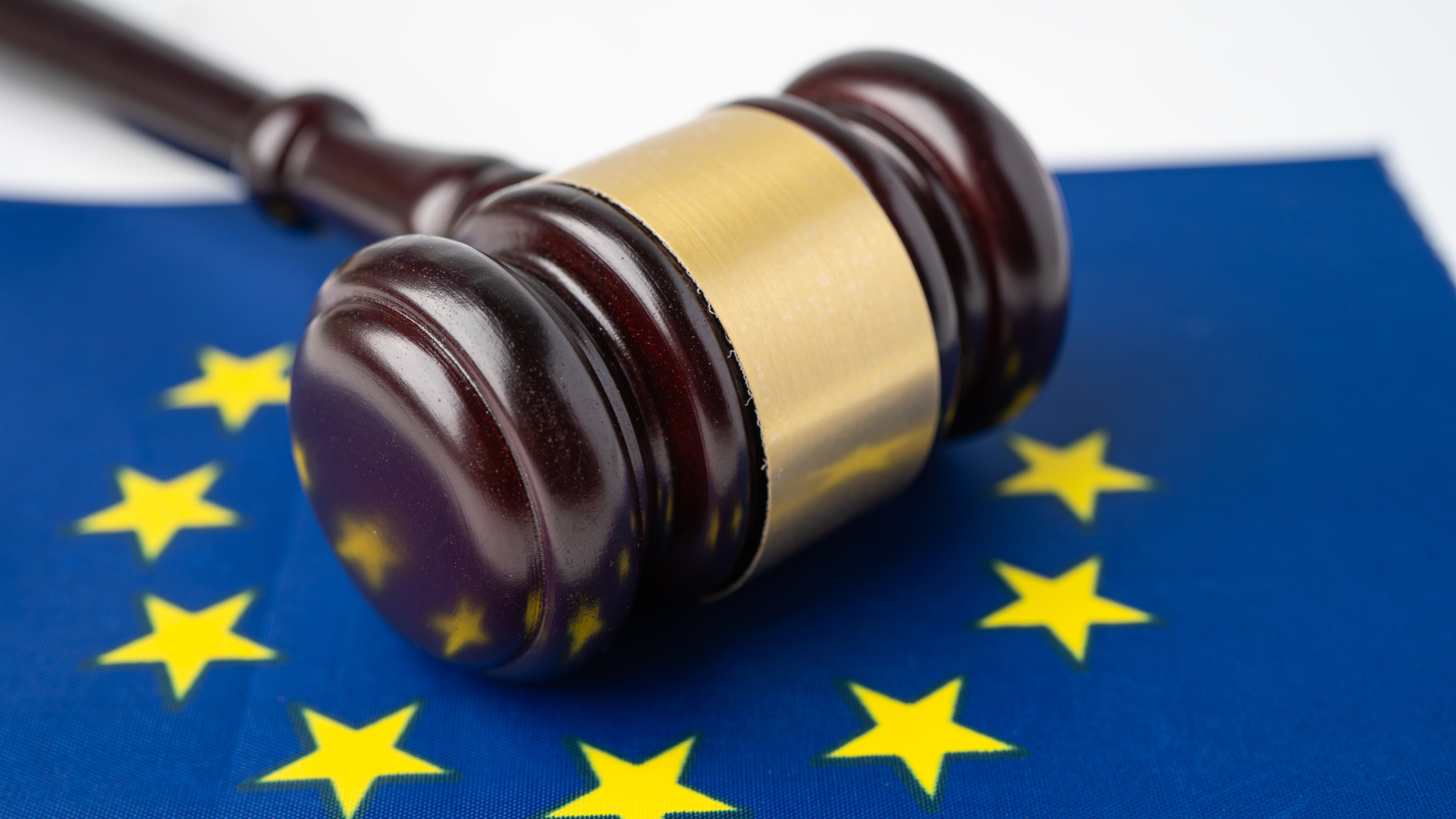Governments and tax authorities all over the world are switching to e-invoicing to improve transparency, reduce fraud, and ensure compliance with tax regulations. However, the implementation of e-invoicing varies significantly from country to country, reflecting differences in regulatory environments and technological readiness.
The Netherlands already has specific e-invoicing requirements for dealings with government bodies. These obligations will soon be expanded to apply to all business invoicing: B2G, B2B and B2C.
But what is e-invoicing? What new rules and regulations are being implemented, and how will this affect your business? Our experts discuss the Dutch rules in an international context.
What is an electronic invoice?
Firstly, it is important to address a common misconception: an electronic invoice (“e-invoice”) is not the same as a digital invoice, or a PDF, or an invoice sent by email.
In the Netherlands, the definition is based on the EU e-invoicing directive. For Dutch tax purposes, an e-invoice is understood to be an invoice that has been issued, transmitted and received in a structured electronic format which allows for its automatic and electronic processing. Often, the introduction of e-invoicing is also intended to aid structural (and even real-time) reporting to local tax authorities.
The core elements of an e-invoice in the Netherlands are:
(a) process and invoice identifiers;
(b) the invoice period;
(c) seller information;
(d) buyer information;
(e) payee information;
(f) seller's tax representative information;
(g) contract reference;
(h) delivery details;
(i) payment instructions;
(j) allowance or charge information;
(k) invoice line item information;
(l) invoice totals;
(m) VAT breakdown.
It is important to ensure that the e-invoices are issued within the applicable time limits. In the Netherlands, e-invoices have to be issued ultimately on the 15th day of the month following the month in which the supply of goods or services took place. This is in line with the current Dutch invoicing requirements for “normal” invoices.
We advise businesses to discuss these requirements and the implementation in their invoicing process with their advisor. Please note that the requirements may change in the future, and in any case often differ between countries. If your business operates internationally, an advisor with a global network, such as Baker Tilly, is recommended.
Obligations to issue e-invoices in the Netherlands
In the Netherlands, there are mandatory e-invoicing requirements when invoicing B2G. This is in line with the EU e-invoicing directive. However, here are no mandatory e-invoicing regulations for B2B sales or B2C sales at this moment. It is expected that the Dutch government will await the implementation of the ViDA plans of the EU, before taking further steps with regard to B2B and B2C e-invoicing. This is typical of the well-coordinated European approach to e-invoicing.
Format for e-invoices
In the interest of uniformity, e-invoices must usually be issued in a pre-determined, automatically processable format. In the Netherlands, public entities can receive e-invoices in several formats:
Peppol BIS 3.0 (Preferred format)
UBL-OHNL
SI-UBL 2.0
SETU (HR - XML)
As these e-invoices need to meet certain requirements it is recommended to use suitable (accounting) software for issuing e-invoices. In some countries, certain software programs may even be mandatory, in order to ensure efficiency, avoid abuse and maintain control on the issued e-invoices. In the Netherlands, there is no specific mandatory software. Businesses may use any invoicing software, as long as the technical requirements are met.
PEPPOL
Issuing e-invoices is often facilitated by means of “PEPPOL” (Pan-European Public Procurement Online). PEPPOL is a standardised framework designed to facilitate the secure exchange of electronic documents, such as invoices, between businesses and public sector entities across different countries. PEPPOL was developed as an EU standard. However, businesses in countries all over the world have adopted these standards. In the Netherlands, PEPPOL is used for issuing e-invoices. The standards are monitored by the Netherlands Peppol Authority (NPa)).
Real-time reporting obligations and portals
Certain countries have introduced mandatory real-time reporting, whereby specific portals are used to upload e-invoices. The current focus is mainly on government procurement, where standardised invoicing already takes place. In other countries, (tax) copies of e-invoices may require uploading through a (government) portal. These reporting obligations differ from country to country, but the main focus is on ensuring immediate verification of information and transactions and preventing fraud. The various measures related to real-time reporting are sometimes referred to as Continuous Transaction Controls (“CTCs”).
In the Netherlands, with e-invoicing currently only mandatory for dealings with public entities, e-invoices can be sent to the public sector using the PEPPOL model. Central government bodies utilise a platform called DIGIPOORT, which is also connected to the PEPPOL network, for receiving e-invoices. This solution is often used by suppliers with a large number of invoices. For smaller vendors or infrequent suppliers, a web portal called Logius can be used to manually enter the invoicing details and send their invoices.
Stay on top of developments
E-invoicing is a crucial component in making VAT systems more fraud-resistant and efficient. It is clear that this process is complex, especially for internationally operating businesses. Jurisdictional differences in technical requirements, reporting systems and implementation speeds will be complicated to navigate. But you will have to keep a close eye on these developments, as these changes and obligations will undeniably have a significant impact on business processes.
No time to waste
E-invoicing is developing rapidly. And your business needs to adapt, on time. In some cases, an adjustment of the ERP configuration and a review of compliance measures may suffice. But as time goes on and the real-time reporting obligations increase, the importance of a timely provision of information will only increase going forward.
Reach out to our VAT & Customs experts for help. We would be happy to help you map your international obligations, address any issues, and prepare your business for the future.
The legislation and regulations in this area may be subject to change. We recommend that you discuss the potential impact of this with your Baker Tilly advisor.
.png)



.jpg)
.png)